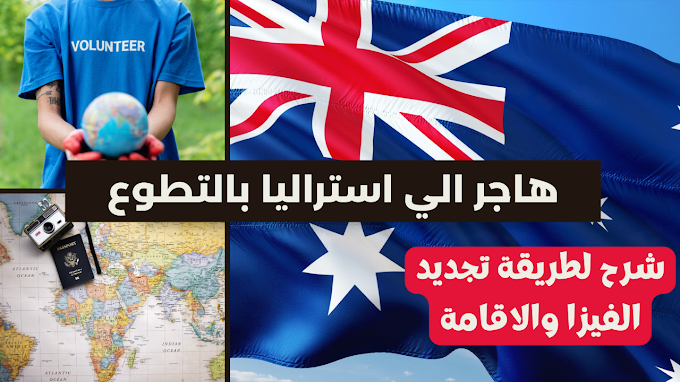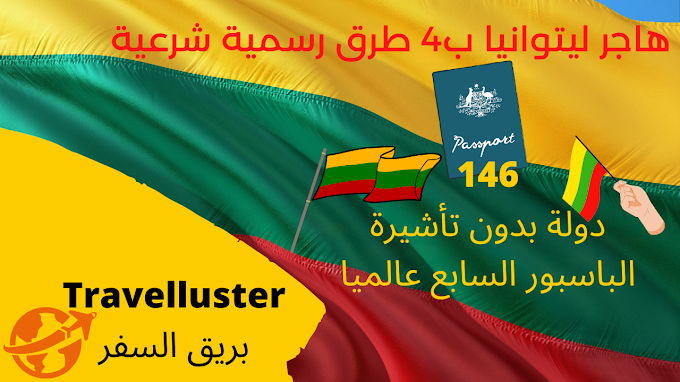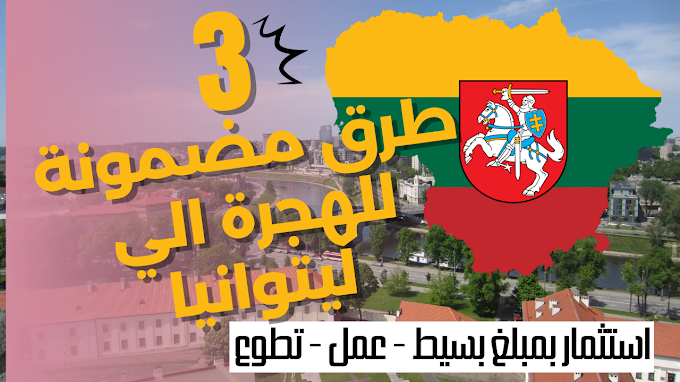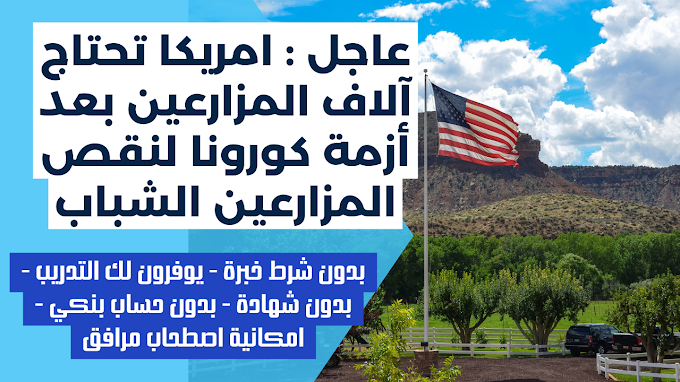10
facts you should know about Bhutan before you go
11- WHEN TO GO
Climate, and therefore season, is certainly a
consideration when planning your trip to Bhutan, especially if you are
trekking. However, Bhutan’s altitude range, from subtropical valleys to alpine
peaks, and its busy festival calendar means you can pretty much visit Bhutan at
any time of the year to explore its attractions and witness colourful
festivals.
The ideal time for trekking and for travelling throughout
the country is autumn, from late September to late November, when skies are
generally clear and the high mountain peaks rise to a vivid blue sky. While the
climate is best in autumn, in Bhutan an umbrella is usually never far from
reach, and no matter when you go, there is likely to be rain periods. Autumn is
also the time of the popular Thimphu tsechu (dance festival) and heralds the
arrival of the black-necked cranes to their wintering grounds in central and
eastern Bhutan. Not surprisingly, therefore, international visitors also peak
in autumn, indeed about half of the total annual tourist numbers arrive between
September and November. Avoiding the busiest tourist seasons can save you money
(see opposite) and hassle.
2-
COSTS & MONEY
Tourism in Bhutan is managed through partnership of
government regulators and private travel agencies under a policy summed up by
the mantra ‘high value, low impact’. There is no restriction on visitor
numbers; however, there is a minimum daily tariff fixed by the government. Also
your visit must be arranged through an officially approved tour operator ,
either directly or through an overseas agent. By dealing through an overseas
agent you will avoid complicated payment procedures and also have a home-based
contact in case of queries or special needs. On the other hand, if you deal
directly with a Bhutanese tour operator you will have more scope to
individualise your itinerary, though you’ll spend considerable time sending
emails and faxes, and learn more than you want to about international bank
transfers. For information on visas.
3- TRAVEL
LITERATURE
Not
surprisingly, this little-visited, little-known, out-of-the-way kingdom hasn’t
generated swathes of literature from travelling wordsmiths. Historical accounts
(reprinted in India and available in Thimphu) can be more entertaining than
enlightening, sometimes revealing more about colonial attitudes of the writers
than the Bhutanese subject. Yet they nevertheless provide an insight into
traditional life, past politics and customs. More contemporary accounts reveal
the life of ‘everyday’ Bhutan, usually through the more tolerant eye of an invited
guest.
Dreams of the Peaceful Dragon by Katie Hickman is a traveller’s account of
a walk across Bhutan in the 1970s, before the road between Bumthang and Mongar
was completed. It provides a good picture of trekking in Bhutan.
4- CLASSIC ROUTES
FOUR DAYS
With just four
days you should count on two full days in picturesque Paro, visiting Paro Dzong and
the National Museum. On the second day, hike up to the dramatic Tiger’s Nest at
Taktshang Goemba and visit
lovely Kyichu Lhakhang. After lunch make the two- to three-hour drive to
Thimphu, stopping at the charming Tamchhog Lhakhang en route.
Alternatively, move the hike to your last day, when you should be better
acclimatised.
If you have
limited time or money, you can get a good impression of Bhutan in just four
days by concentrating on Thimphu and Paro. Try to arrange to be in Thimphu on a
Saturday or Sunday to see the weekend market and avoid Paro on Monday, when the
National Museum is closed.
On day three you could just about squeeze in
a long day trip over the Dochu La to Punakha but you’re better off
budgeting an extra day for this. The Punakha Dzong is probably the most
beautiful in the country. In October and November it’s worth getting up before
dawn to see the Himalayan views from the pass. In March, budget an hour to walk
through the gorgeous rhododendron forests above the pass. On the way back to
Thimphu pop into the nearby Chimi Lhakhang, the chapel of
the ‘Divine Madman’, Lama Drukpa Kunley.
Day four is in Thimphu. Go to the weekend
market and visit Cheri or Tango goembas in the upper Thimphu valley. If handicrafts
are your thing, hit the Textile Museum and National Institute of Zorig Chusum.
Late in the afternoon drive back to Paro; most flights depart early in the
morning.
5-
SEVEN DAYS
For a more comprehensive look at Bhutan, invest in a
week and definitely add an overnight trip over the mountains to Punakha and nearby Wangdue Phodrang,
overnighting at either of these towns. This way you’ll have time to make the
1½-hour return hike to the nearby Khamsum Yuelley Namgyal Chorten,
as well as visit Chimi Lhakhang and the dzong at Wangdue Phodrang.
A week gives you more time to get a feel for Bhutanese
culture and enables you to get off the beaten track in the Haa or Phobjikha
valleys, while still seeing the major dzongs and monasteries of western Bhutan.
It’s worth spending the extra money for another day or two – after all, when
are you next going to be in Bhutan?
6-
To get off the beaten track in a short period of time
add an overnight trip to the Haa valley, en route
between Paro and Thimphu. The road goes over the highest motorable pass in
Bhutan, the Cheli La, and in October it’s worth including a couple of hours
hiking to get fine views from just above the pass. Arrive in Haa at lunchtime,
and spend an afternoon and maybe the next morning exploring the Juneydrak
Hermitage and Chundu Lhakhang, before
continuing on to Thimphu.
Figure on two days in Paro, including visits
to Taktshang, Kyichu Lhakhang and Drukyel Dzong in the Paro valley, and a full
day (or two) in Thimphu. See the previous itinerary for more on what to see in
Paro and Thimphu.
If you don’t visit Haa, you might be able to add on a
day trip to the Phobjikha valley,
especially worthwhile in winter (October to March) when the valley’s
black-necked cranes are roosting.
At some point during your trip ask your guide to
arrange that quintessential experience, a Bhutanese hot-stone bath, available
in most tourist hotels (for a charge). If you’re lucky you may also be able to
catch a weekend archery tournament, most likely in Thimphu.
7- CLASSIC ROUTES
FOUR DAYS
With just four
days you should count on two full days in picturesque Paro, visiting Paro Dzong and
the National Museum. On the second day, hike up to the dramatic Tiger’s Nest at
Taktshang Goemba and visit
lovely Kyichu Lhakhang. After lunch make the two- to three-hour drive to
Thimphu, stopping at the charming Tamchhog Lhakhang en route.
Alternatively, move the hike to your last day, when you should be better
acclimatised.
If you have
limited time or money, you can get a good impression of Bhutan in just four
days by concentrating on Thimphu and Paro. Try to arrange to be in Thimphu on a
Saturday or Sunday to see the weekend market and avoid Paro on Monday, when the
National Museum is closed.
8- On day three
you could just about squeeze in a long day trip over the Dochu La to Punakha but you’re better off
budgeting an extra day for this. The Punakha Dzong is probably the most
beautiful in the country. In October and November it’s worth getting up before
dawn to see the Himalayan views from the pass. In March, budget an hour to walk
through the gorgeous rhododendron forests above the pass. On the way back to
Thimphu pop into the nearby Chimi Lhakhang, the chapel of
the ‘Divine Madman’, Lama Drukpa Kunley.
Day four is in Thimphu. Go to the weekend
market and visit Cheri or Tango goembas in the upper Thimphu valley. If handicrafts
are your thing, hit the Textile Museum and National Institute of Zorig Chusum.
Late in the afternoon drive back to Paro; most flights depart early in the
morning.
9- ROAD LESS TRAVELLED
THE EAST
It takes at
least two weeks to make a trip out to the little-visited far east. There’s
certainly a loooot of driving involved but then getting there is half
the fun! With this itinerary you avoid the long drive back to Paro by exiting
Bhutan at Samdrup Jongkhar. Follow the earlier itineraries as far as Bumthang,
from where you can see the highlights of the east in five or six days. Expect
to be driving for up to five hours a day while in eastern Bhutan.
This
wide-ranging itinerary takes you from one end of Bhutan to the other, well away
from the main tourist itineraries. It’s a particularly great trip if you’re
interested in traditional weaving. You’ll need to arrange an Indian visa before
you arrive in Bhutan.
From Bumthang, day one takes you on a
dramatic drive over the Thrumshing La to Mongar. Stay here two nights
by making a scenic day trip up to remote Lhuentse, pausing to visit the
dzong and hike 45 minutes up to the traditional weaving village of Khoma.
10 - Day three takes you on to Trashigang, with a two-or
three-hour detour to Drametse Goemba, Bhutan’s most
important Nyingma monastery.
Figure on two nights at Trashigang, with
another great day excursion to Trashi Yangtse, with stops en
route at the pilgrimage site of Gom Kora, the old Trashi
Yangtse dzong and the Nepali-style Chorten Kora. March and April bring two
important pilgrimage festivals to this region.
From Trashigang it’s a six-hour winding drive
down to the plains at steamy Samdrup Jongkhar ; stop to
check out traditional weaving at Khaling’s National Handloom Development
Centre. From Samdrup Jongkhar, take a three-hour taxi ride to Guwahati then fly
to Kolkata, Delhi or Bangkok, or take the overnight train to West Bengal for
Darjeeling and the Nepal border.
























0 Comments